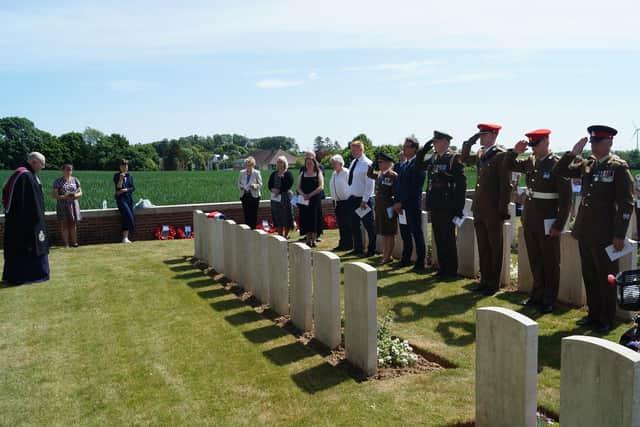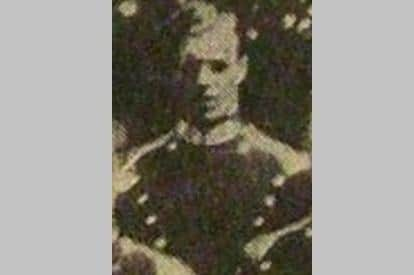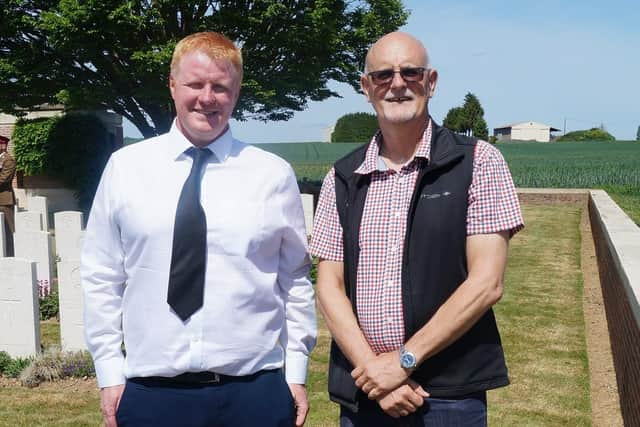Service is held in France for Ulster soldier who died in World War One


Last week a service on the former battlefields of northern France was held for Private John Martin Roberts, who tragically was killed in the last phase of World War One, only weeks before the ceasefire.
Private Roberts, of the North Irish Horse cavalry regiment, was aged 30 when he fell in the Somme in 1918.
Advertisement
Hide AdAdvertisement
Hide AdOn Wednesday, a ceremony was organised by the Ministry of Defence’s (MoD) Joint Casualty and Compassionate Centre, attended by his descendants, including his great grandson Craig Roberts from Bangor, to re-dedicate his grave with a new headstone.


An Australian historian Phillip Tardif identified Pte Roberts while researching his book The North Irish Horse in the Great War.
He says: “Using Commonwealth War Graves Commission records, old trench maps and other archival sources, I was able to show that Roberts was killed at the location the body was found. It was then a matter of working through the records for the other North Irish Horsemen whose place of burial is unknown to show it could not have been them.”
For the graves commission and MoD to proceed with a re-dedication they require a high burden of proof.
Advertisement
Hide AdAdvertisement
Hide AdJohn Roberts, was born in Dublin and spent much of his life in Newcastle and Downpatrick, where he worked as a groom. He enlisted in the North Irish Horse in 1910, serving in the Dundalk squadron under Viscount Robert Jocelyn. The regiment had been formed in 1908, drawing recruits from the ‘yeoman’ class of Ulster – the sons of farmers and the better-off type agricultural labourers, and officered by the province’s landed gentry and wealthy mill-owners.


Pte Roberts embarked for France just two weeks after war was declared, his squadron taking part in the Battle of Le Cateau and the retreat from Mons, becoming the first reservists in the British Army to see action. In 1918 Roberts’ regiment was dismounted and converted to a cyclist regiment, a mobile advance guard to the infantry.
He fell in action on August 21 1918, 11 weeks before the armistice, while working as a Lewis gunner during the allies’ Advance to Victory offensive. His body was buried where he fell and soon there was nothing to identify him, other than his regimental cap badge, found on the body when re-interred a year later.
Roberts left a wife and young son, and a mother who lost three sons in the war. Until dying in 1946 she attended remembrance day events in Downpatrick and Belfast.